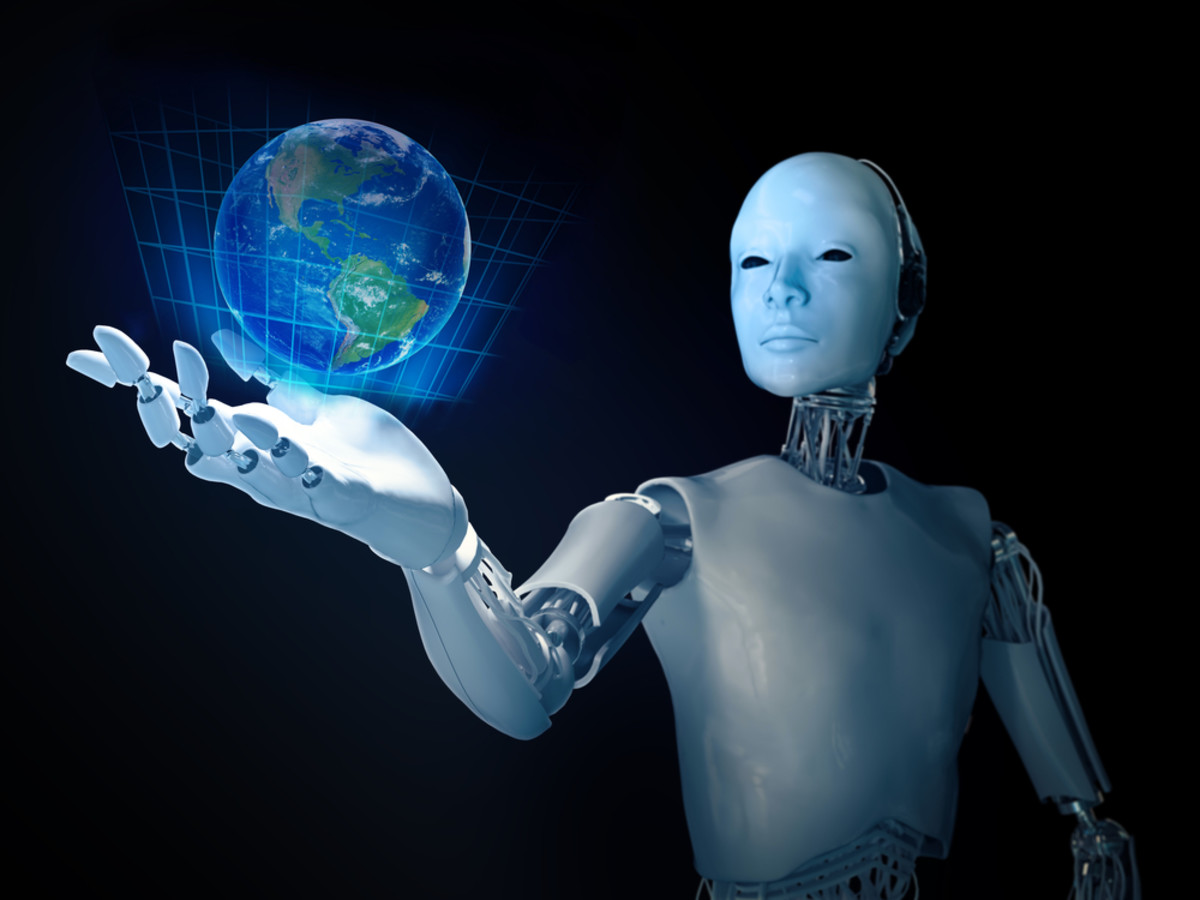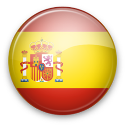
Artificial Intelligence and New Technologies: the Modern Corner of Translation?
A few years Since 2007 Google, with Translate, Microsoft and other web giants, have been distributing statistical machine translation: from semi-comics, machine translations, although not perfect, sometimes began to become also serviceable products, especially if adjusted through appropriate human interventions.
In 2011, the futurologist and cybernetic Ray Kurzweil predicted in an interview with the Huffington Post that by 2029 machine translation will be able to replace humans.
Since summer 2016, neural machine translation has appeared.
What occurred
On September 26, 2016, Google Brain, the Artificial Intelligence Applications Research Group, announced the release of a new neural network-based machine translation system. On 17 October Systran made a similar announcement and on 15 November Microsoft's blog informed that Microsoft Translator is now also available in "neural version". In May 2017, Facebook announced that it wanted to evolve towards convolutional neural networks. These would be nine times faster in the training of the recurrent neural networks introduced instead almost on the label on the platforms of the group Facebook, Instagram and Workplace from June 2016. And meanwhile, other computer giants such as Apple, Amazon, and Baidu are also investing in artificial intelligence.
It is claimed that this technology would be able to produce translations that are much more accurate and comparable to human translation.
It seems that the work of the future, not only that of translators, will be managed by artificial intelligence (thanks to its ability to learn by itself, that is to say by so-called machine learning) and by robots and applications, with all the economic and social consequences that this entails.
The machines are beginning to "think" and are destined to replace human work even in activities considered complex.
For example, Google and Tesla are well ahead in the development of driverless cars, which foreshadow a revolution in individual mobility. Will there still be taxi drivers in our near future?
What is artificial intelligence?
Artificial intelligence is the discipline that studies ways of reproducing the most complex mental processes through the use of computers. To achieve this, it uses systems that involve the acquisition and processing of data and information (both from outside and contained in the system in an organized manner) on the basis of appropriate models.
Artificial intelligence has today abandoned the idea of building a pre-constituted system of rules and data, according to symbolic logic, to allow machines to interact with the real world.
The best results have now come from systems using automatic learning, where machines learn in the field from real data and orientate their operation.
Deep learning is the term used to describe a particular class of algorithms for machine automatic learning, which uses neural networks.
Statistical translation and neural translation: the example of Google
Statistical automatic translators, such as the "old" Google Translate, are "Phrase-Based Machine Translation" systems that have more or less large databases of linguistic matches from one language to another, plus preloaded rules for each language pair.
With these systems a sentence was translated for fragments, locutions or groups of words, found on Google servers, within immense multilingual corpora, in a similar way to what is done by searching in the translation memories of a CAT tool.
The result was then readjusted by the system, interpolating the translation with dictionaries and using interlanguage models to return the correct construction of the sentence in the various languages.
Output has always been good: very good for several languages, but enough or poor for some languages (in particular German and Finnish, among European languages). With variations sometimes due to punctuation, word order and more, which have originated a series of recommendations for pre-editing text.
In any case, the next sentence was the one that started from the beginning and did not take into account the result (good or bad) of the translation of the previous sentence.
The peculiarity of neural networks is their ability to transform data from large unstructured sets to smaller sets with high semantic density. In the neural machine translation, the system, Google explains, reads the original text word for word and word for word translates it, trying to give weight to the distribution of the words of the original text read and their relationship with each translated word.
The system analyzes the entire sentence as a single unit to be translated preserving the context and also managing to translate sequences with punctuation and complex grammatical articulation, as well as paragraphs of meaning completed.
The improvement in translation accuracy observed so far is surprising and is destined, over time, to be improved by machine learning, as opposed to previous systems, which were closed systems.
Why and what will human translators still be needed?
Will the automation of translation of any kind make translators superfluous? Probably not, or at least not soon. However, new ways and practices in interlingual communication will develop and will require new knowledge and skills that need to be learned... Let's try to list some of them.
Translators will, of course, need to have a high level of technological expertise. They will need to have a culture, writing skills and in-depth linguistic and sectoral knowledge to be able to assess the difficulties and quality of the texts. They will have to be able to handle large quantities of texts in a limited time. They will have to be able to assess whether it is appropriate to translate automatically, assess the amount of post-editing, be able to subject a text to pre-editing before its translation, be able to write translations (controlled writing), be able to train TA systems or adapt them to special needs.
Translators will become managers of multilingual translation or editing projects. A bit 'editors, editors, project managers, but above all more and more reviewers. Before and after the translation, carried out by the machine. This is not, after all, a completely new issue, but it is now becoming evident. For some time now, writing has meant interacting with a variety of technologies and digital memories (dictionaries, glossaries, databases, corpora, search engines, etc.).
Since the main effect of the technological revolution has been the enormous increase in our possibilities of storing data, a large part of the translator's activity consists in the search for suitable sources (memories) before writing and in various forms of intralinguistic translation or adaptation (revision, correction of segments, post-editing, etc.) after writing.
Thus, for years now the translator's work has consisted to a large extent in assembling (copying and pasting) fragments recovered from some kind of digital memory: portions of text, expressions or terms recovered from previous works, search engine results, electronic dictionaries, glossaries, terminological databases, parallel corpora found on the web, bitext, translation memories or, indeed, from pre translations provided by machine translation systems. The patchwork or "sentence salad" made up of all the segments and fragments generated by such a way of working must then be arranged in the post-translation or revision phase, taking into account the degree of accuracy required.
The question is: do the current translation course programmes help to develop these skills? Looking around a bit, the answer is that for the trainers of future translators there is definitely a lot of work to be done...





